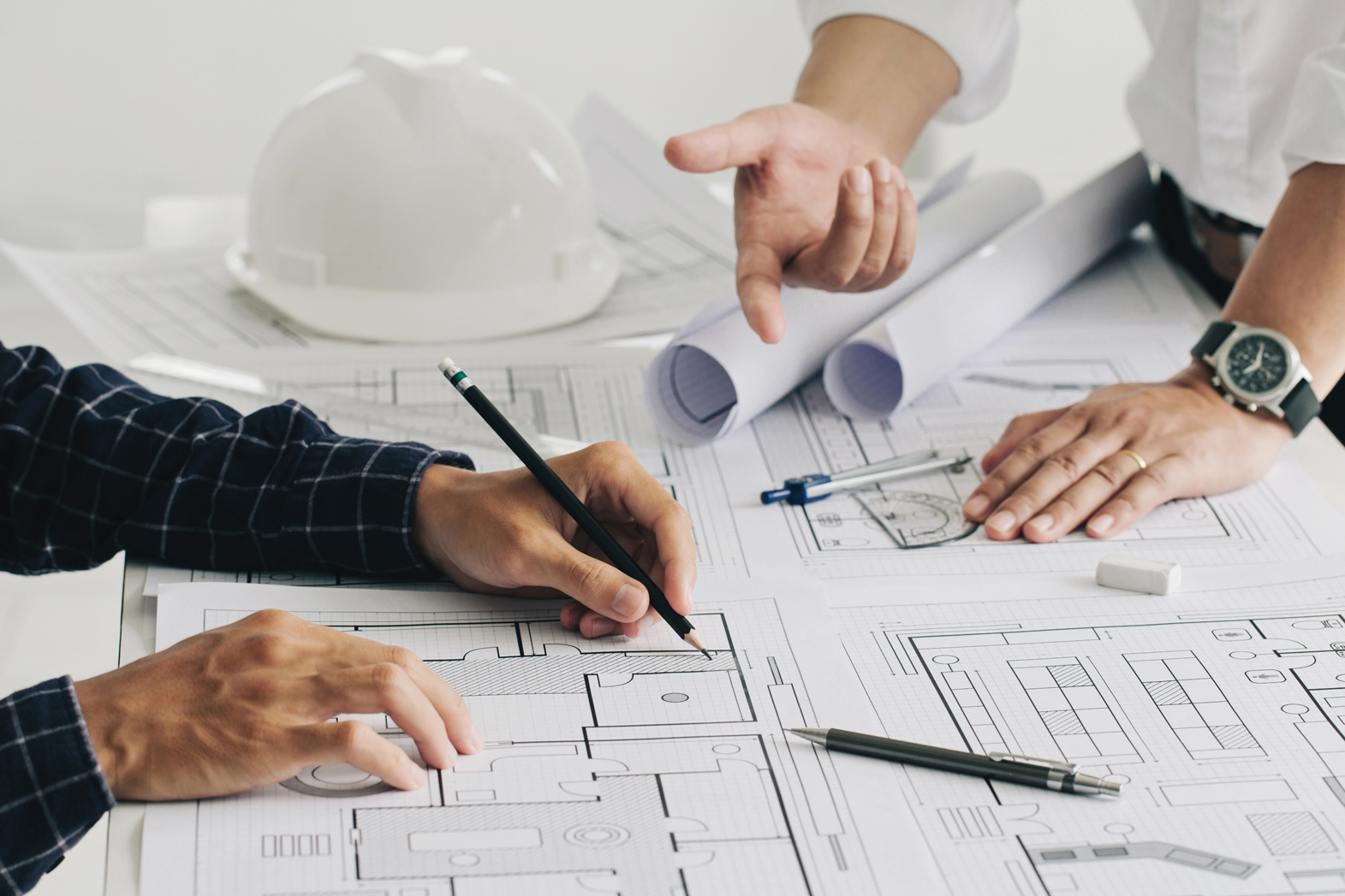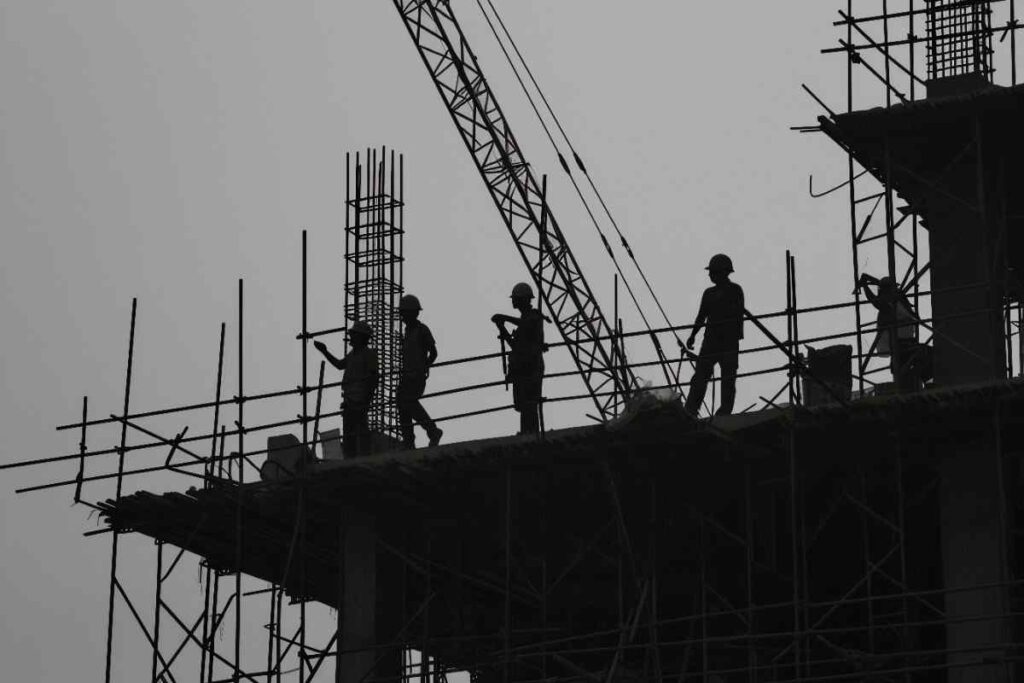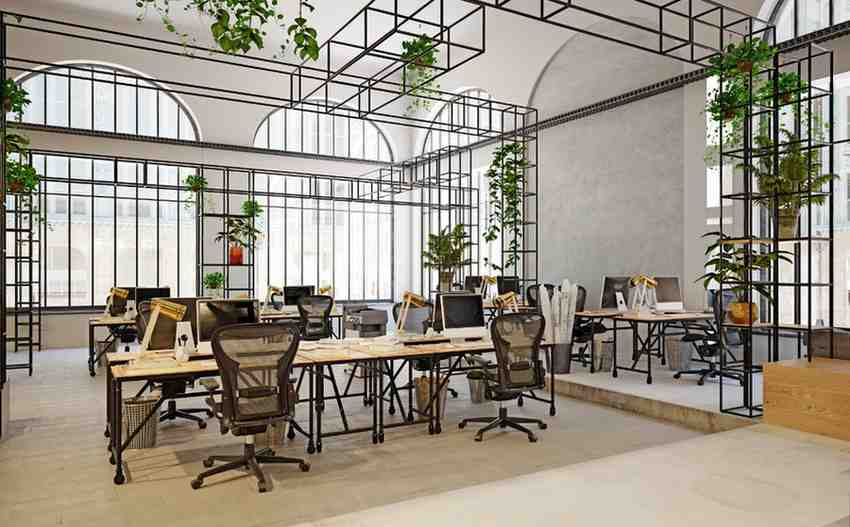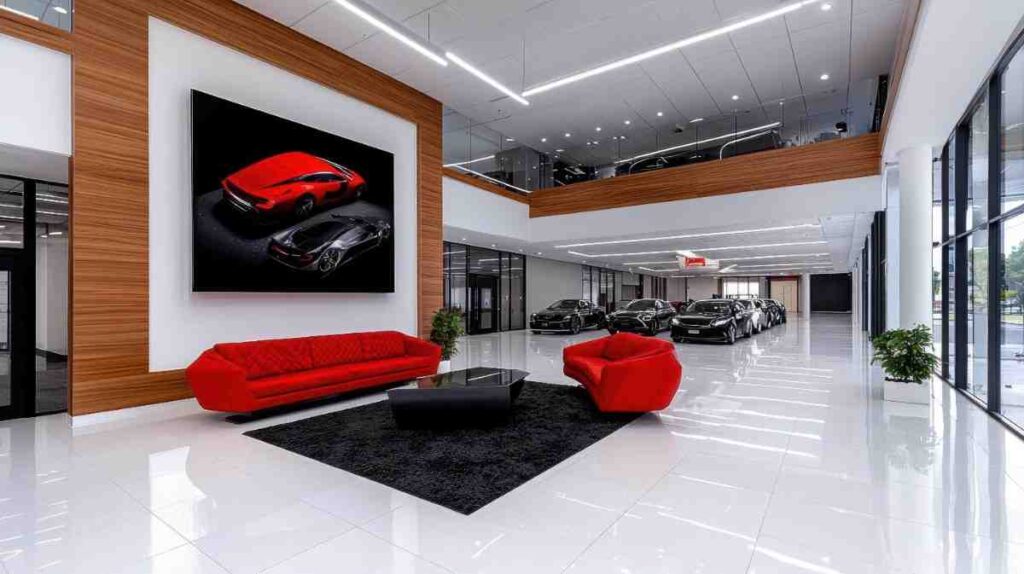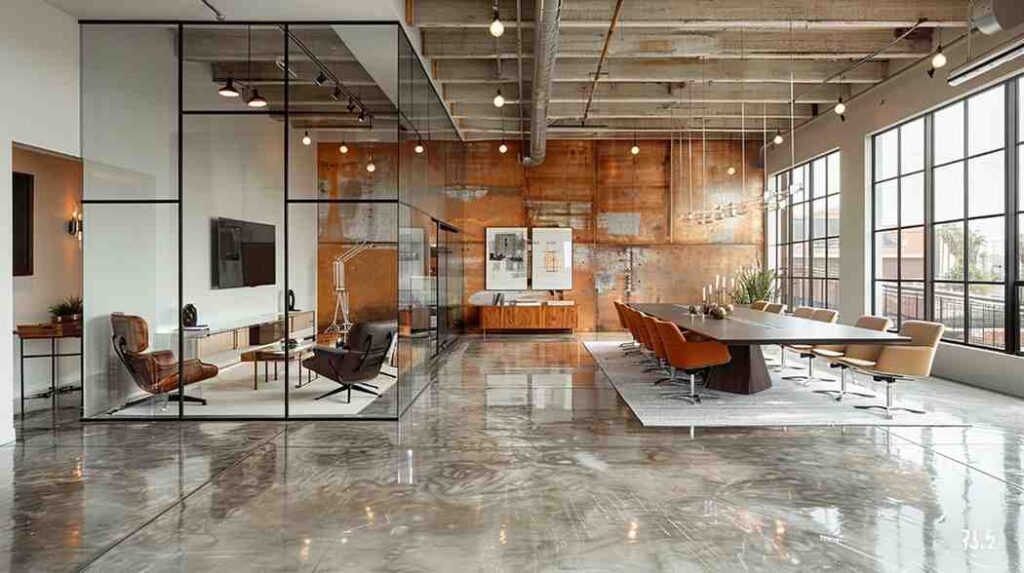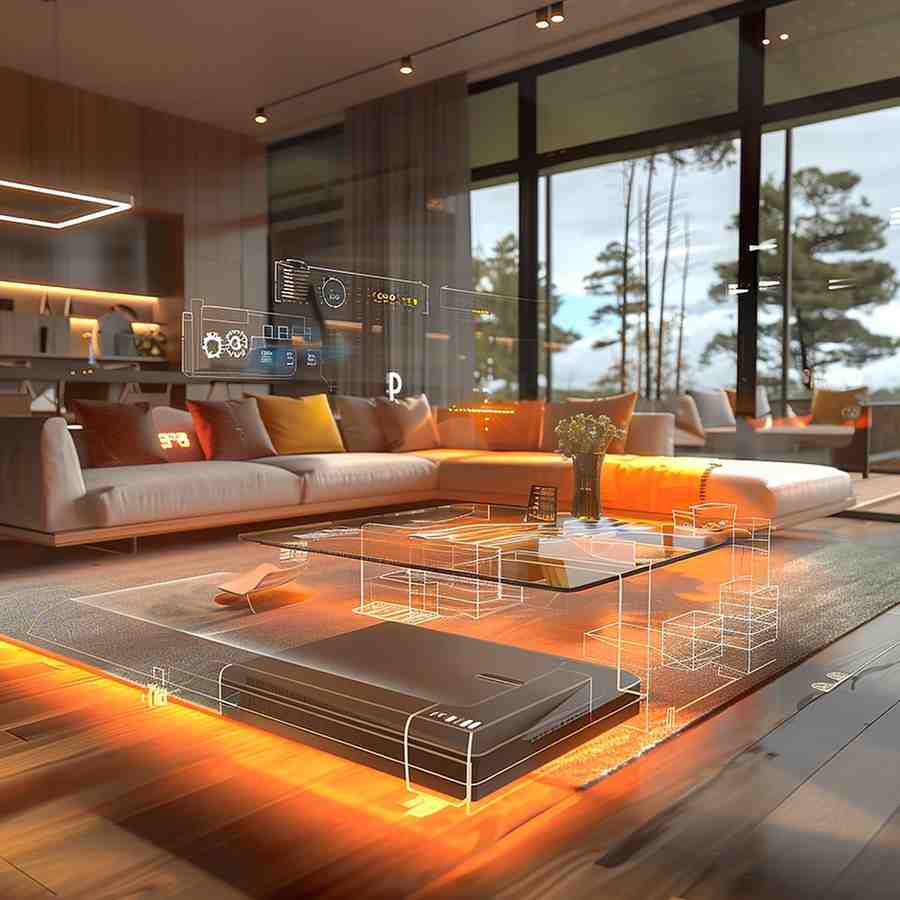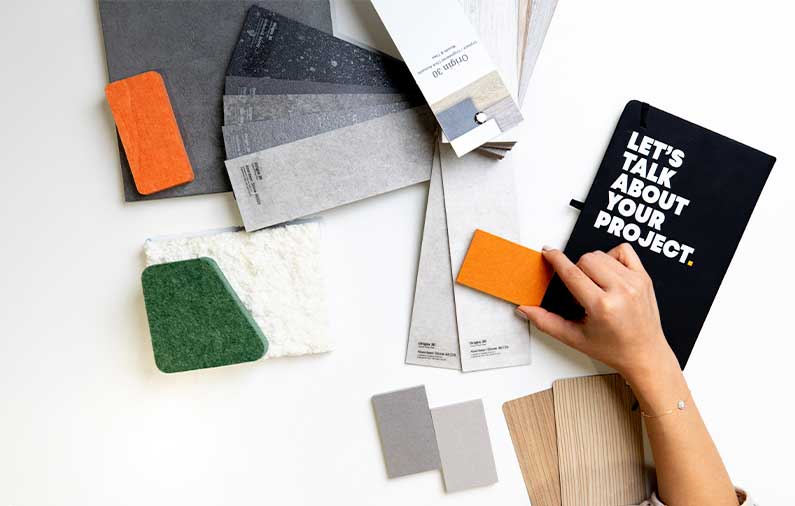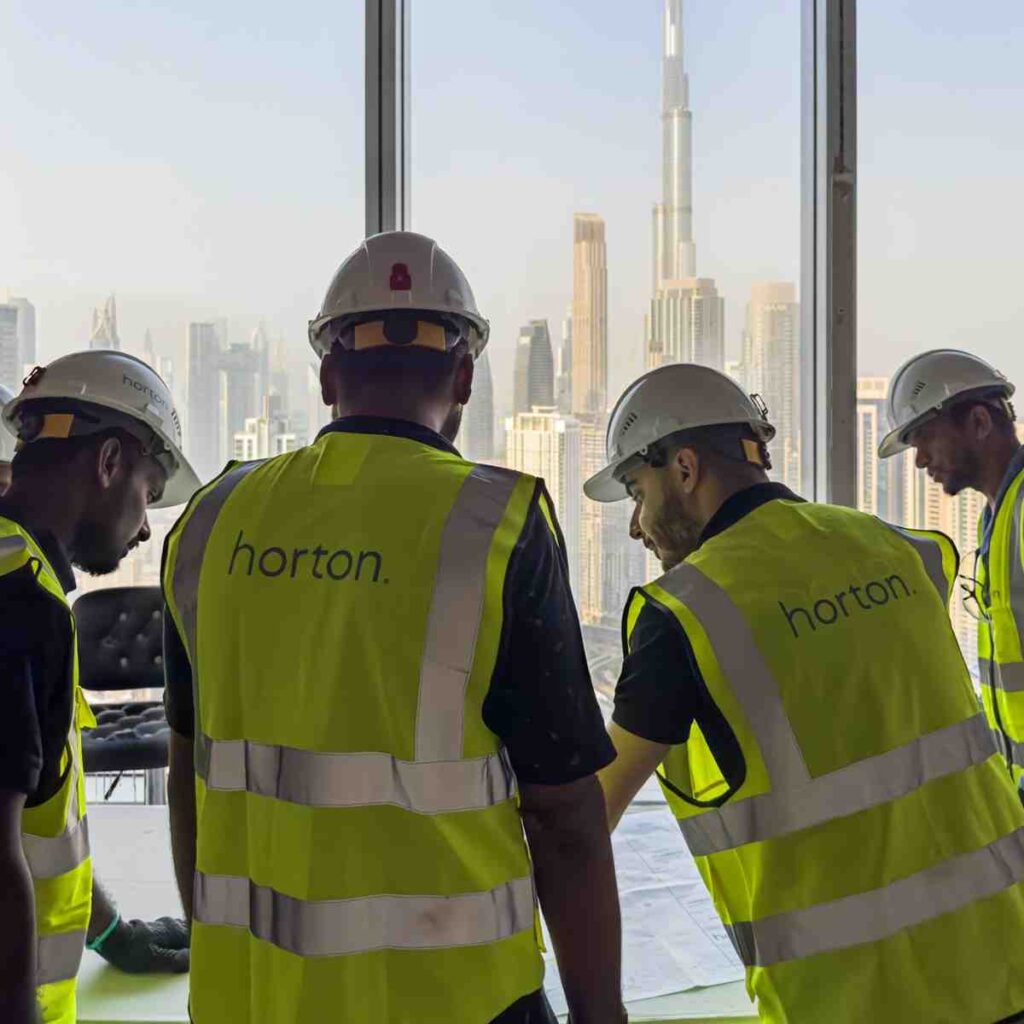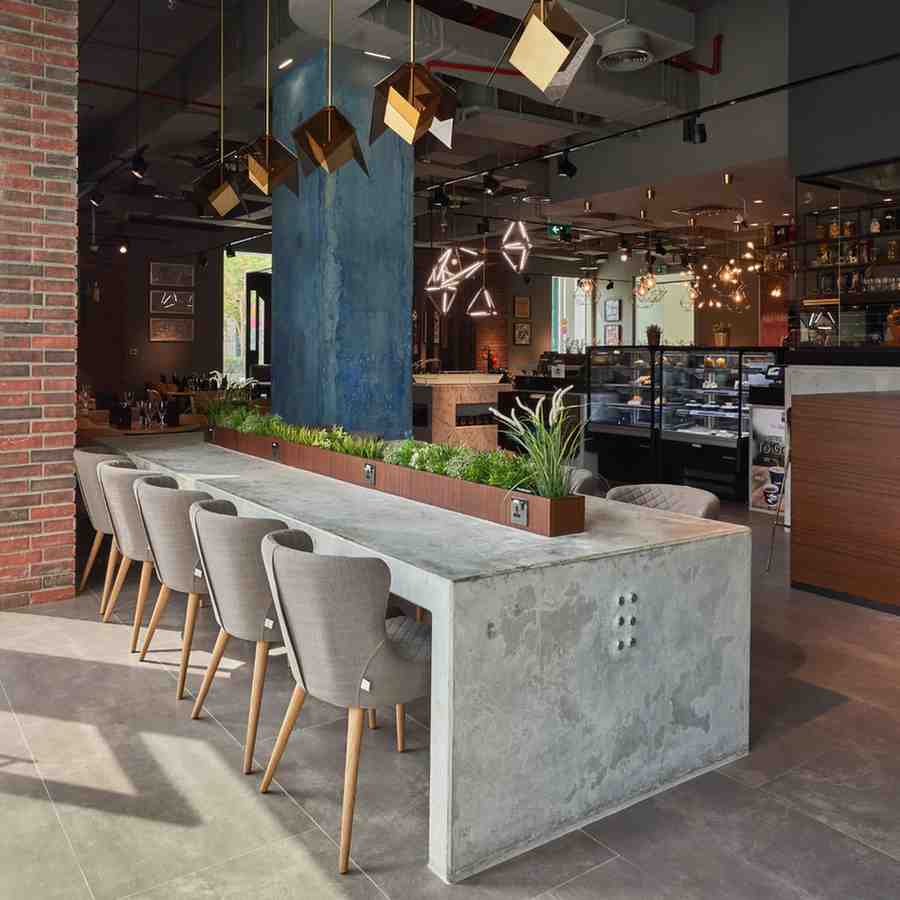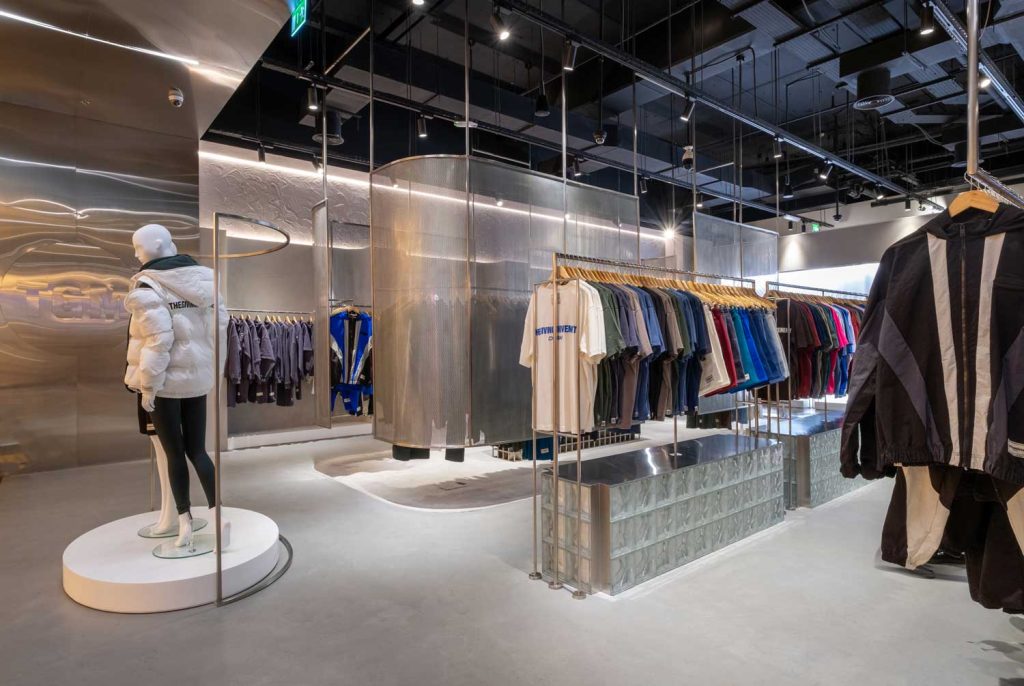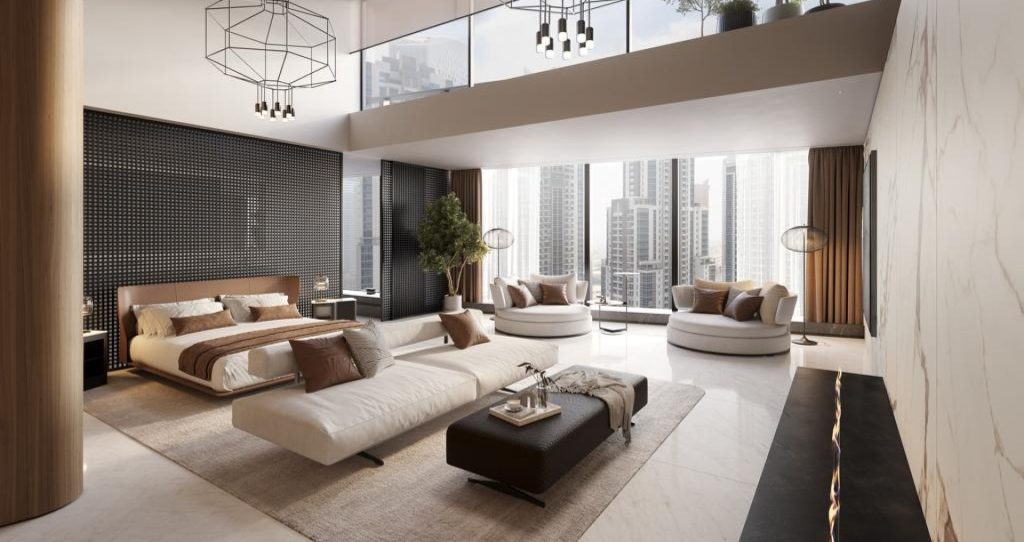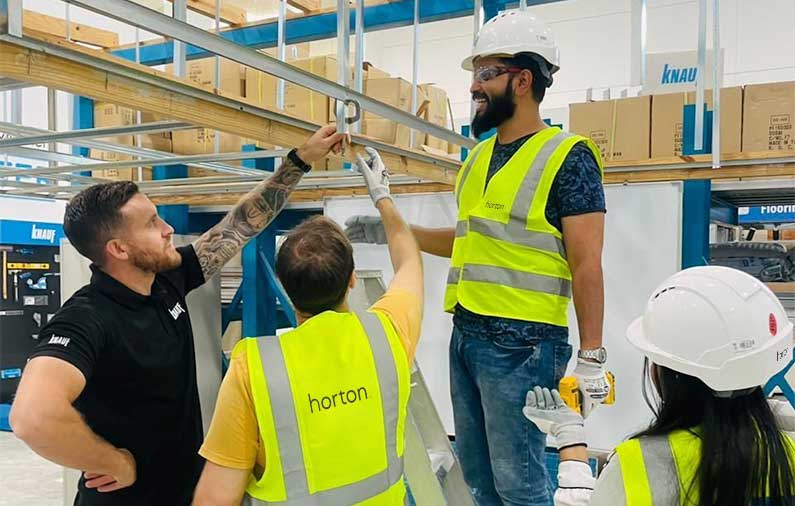What to expect when you hire a workplace consultant
According to a recent Leesman Index report “less than half of workplace redesign projects achieve high performance.” In other words, changing your office layout won’t automatically improve output. This is a problem for businesses because creating an optimal space is a major factor in continued success, or on the flip side, seeing a dip in results. Workplace redesigns cost time and money. Regardless of whether the aesthetics look nicer, if a business still has performance leaks, it’s probably not going to have a positive impact. And that’s where hiring a workplace consultant comes in. So how does it fit into the interior design and fit-out mix?
Workplace consultancy is now critical to business growth. Led by a team of experts who specialise in such areas as workflows, communication patterns, employee needs and more, consultants can identify problems and provide solutions for them. With the expertise of a workplace consultant, clients can rest assured that any subsequent workplace redesign projects are built on accurate data and insights that don’t leave anything to chance. The result is a new and improved workspace that is both visually pleasing and optimised for maximum productivity.
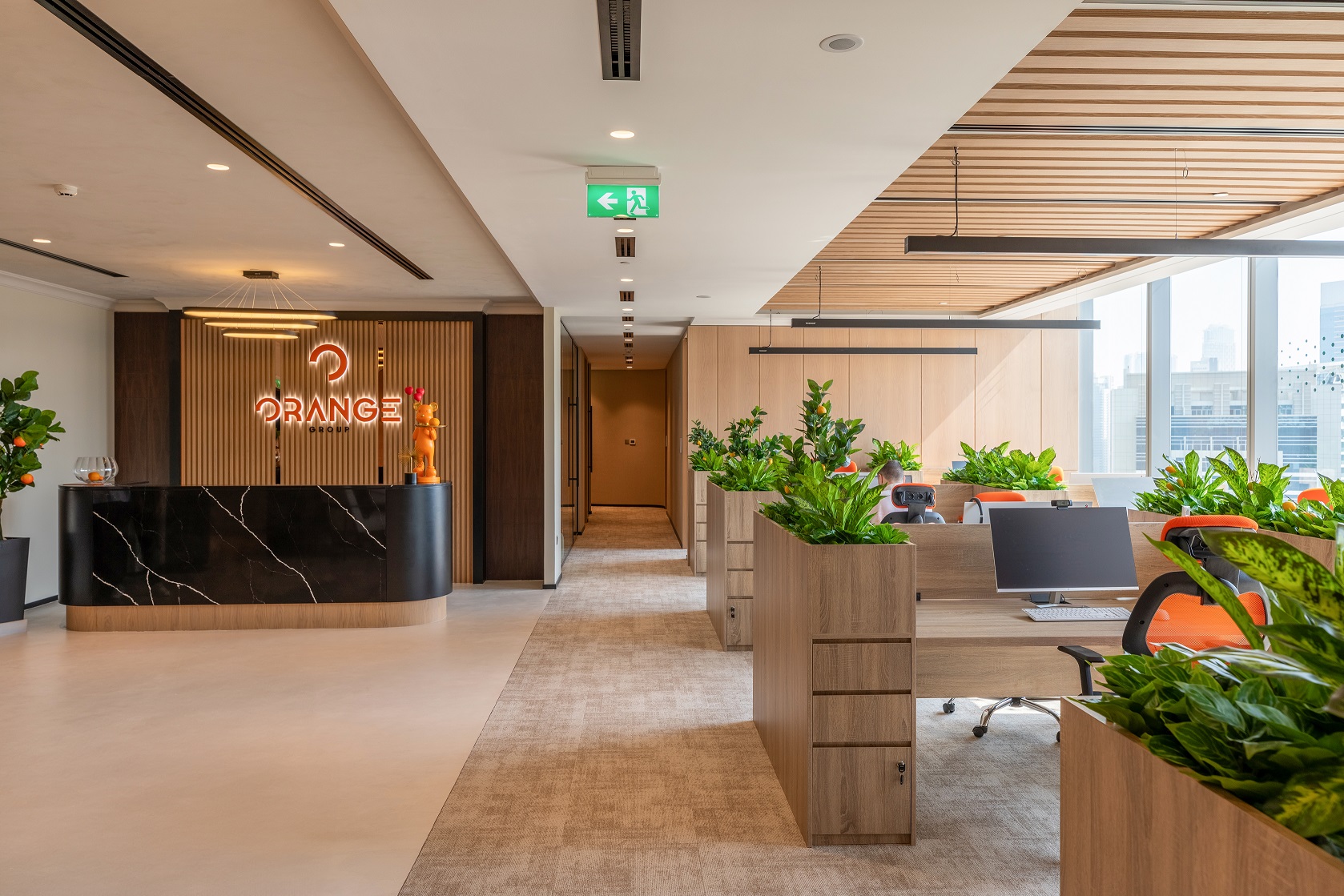
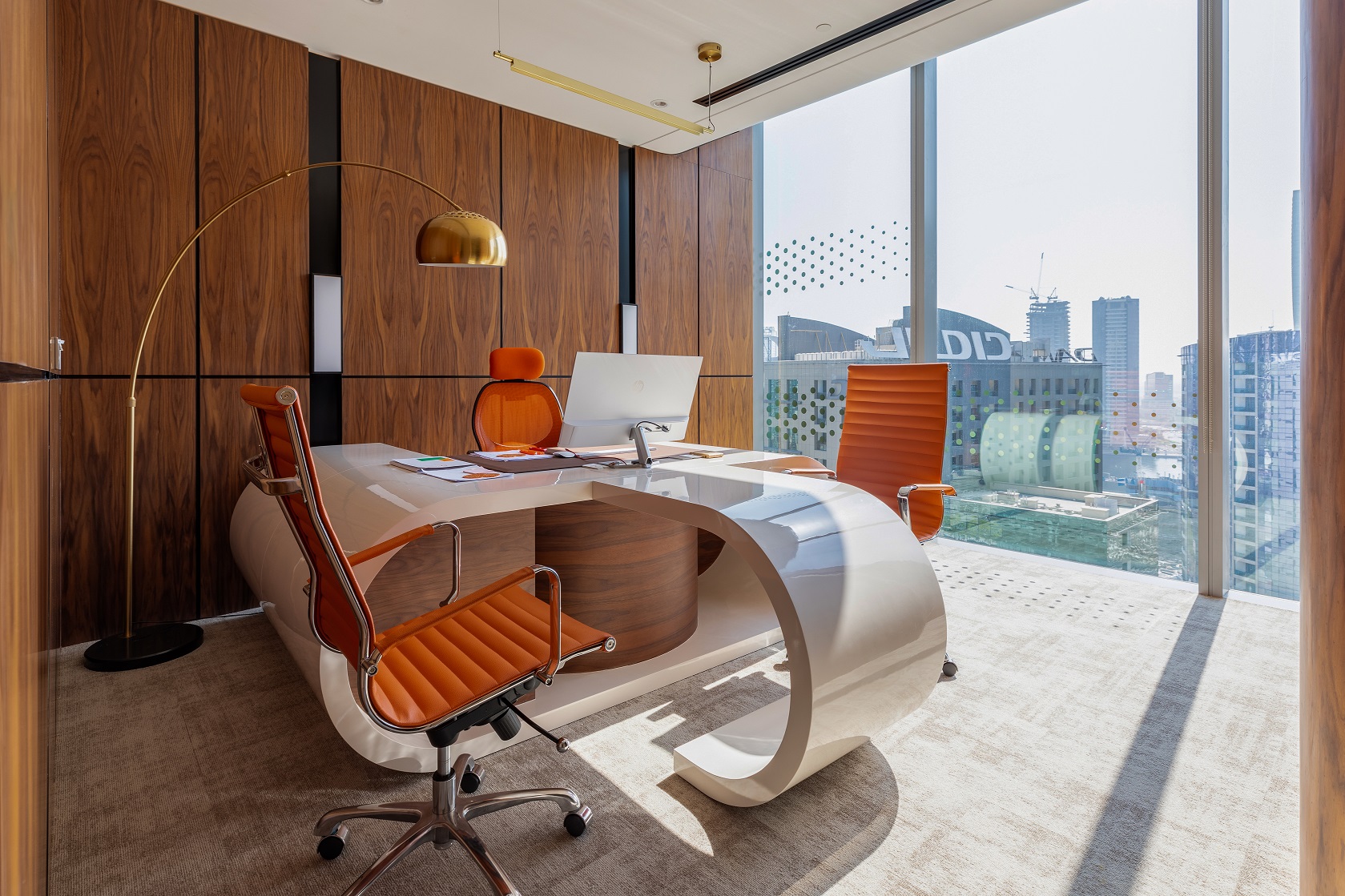
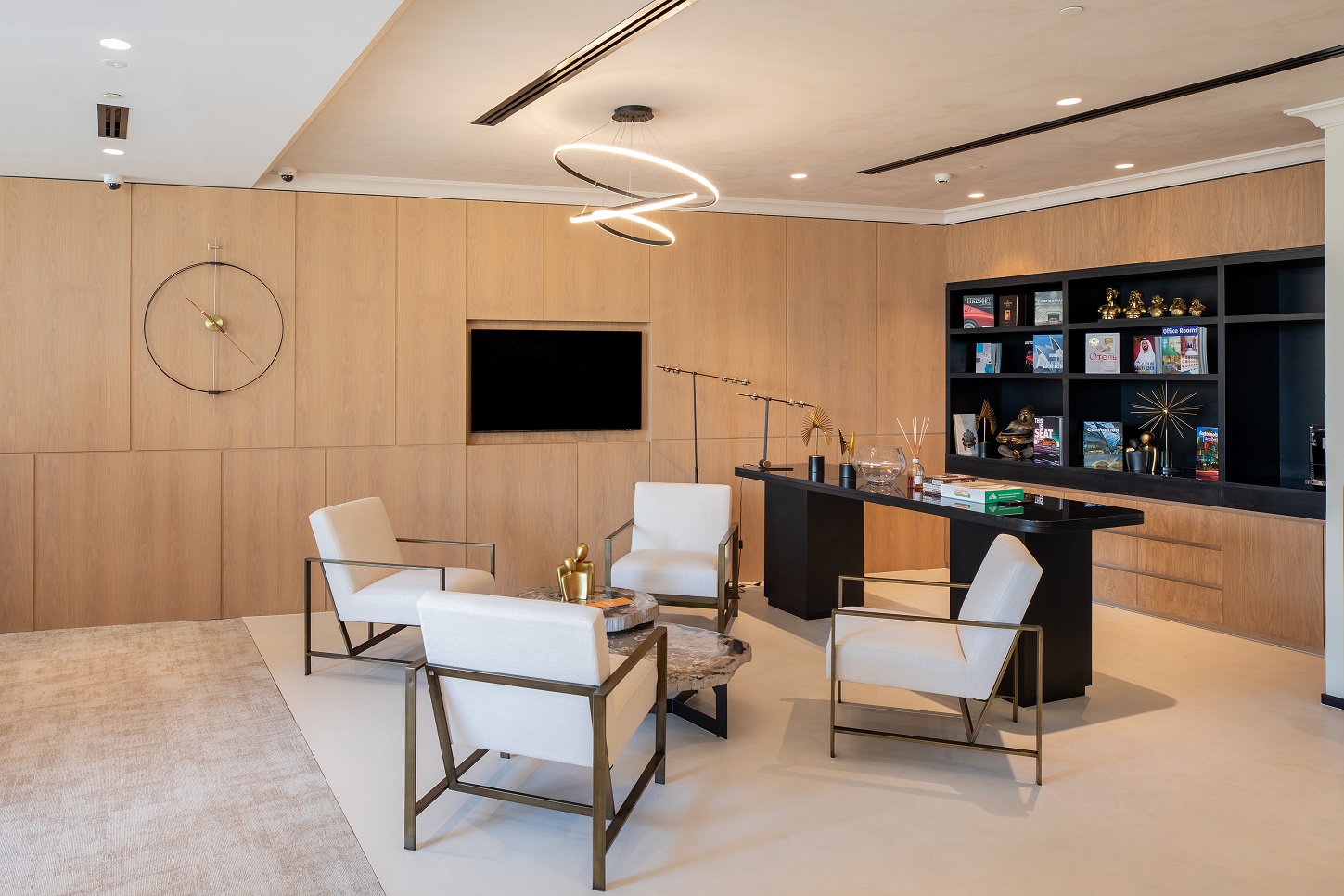
The first stage involves gathering as much data as possible. This can come in many different ways: one-to-one interviews, group focus sessions, online surveys and anything else connected to the day-to-day business. During this phase, a detailed assessment and review of the current office layout will be conducted. The position of a workstation, light, or door can and will affect an employee’s efficiency – an issue that 55% of people struggle with in an office, according to a Gensler survey.
Every piece of data that is collated has a direct bearing on the plans and strategies that the consultancy proposes. In general, the experts will elevate a space to become more comfortable for staff, which drives productivity levels. Plus with the insights they’ve gathered, workplace consultants can confidently recommend actions to increase profits, staff retention and, most importantly, reputation. For example, moving individuals or whole departments can generate more precise lines of communication. This seemingly minor tweak can eliminate critical leaks or boundaries throughout the business and keep employees motivated.
Corporate business practices are constantly evolving, and so are the needs of the staff. It’s no longer a case of simply building a good-looking office space if other factors disillusion the people working there. A misstep here can result in an environment and culture that doesn’t stimulate employees. This is why the blueprint for the project is meticulously created to boost morale and efficiency by basing design choices on staff feedback and business needs. Once the designers have this keen-eyed perspective, delivering a practical and functional space becomes far easier.
Throughout the workplace consultancy process, management and employees are kept fully informed. Humans are naturally suspicious about change, so building and maintaining trust about why these tweaks occur is vital to a successful rollout. Providing data-backed evidence will allay most fears.
The workplace consultant will provide a water-tight plan for when it’s time to return the reins to the key stakeholders. They will develop recommendations covering every eventuality, including the reoccupation strategy, which concentrates on how the employees should return to the office when the redesign is complete. Post-evaluations are also conducted to help the business transition smoothly to its new and prosperous future. There is also a review phase to measure the success of said changes.
Workplace consultants are becoming essential to both established and new businesses. By investing in an independent analysis, they can identify problematic areas that need radical solutions. The effects of these experts will help guide a company to further success through strategic transformation, ensuring that any workplace redesign project is built to fit the client’s specific requirements.

